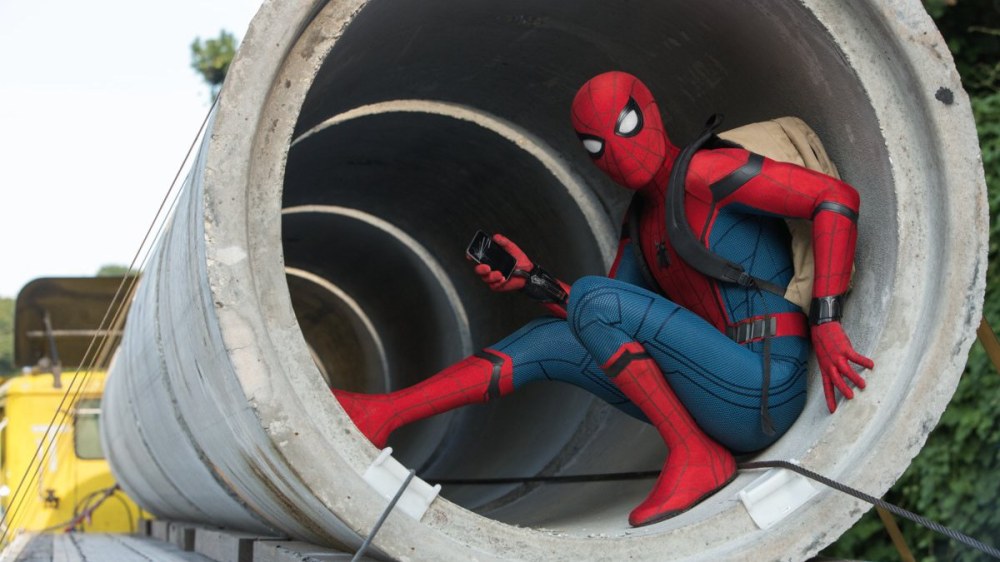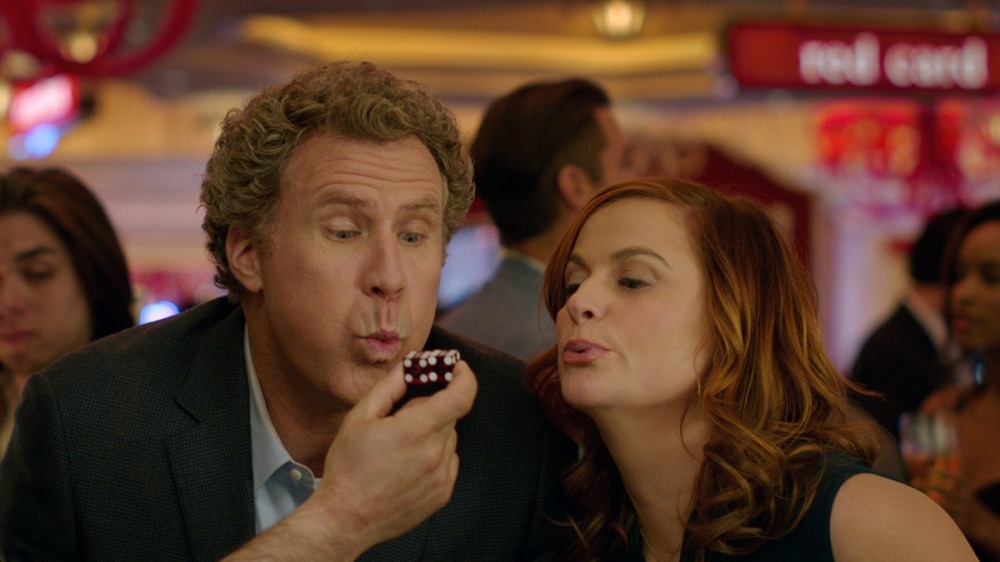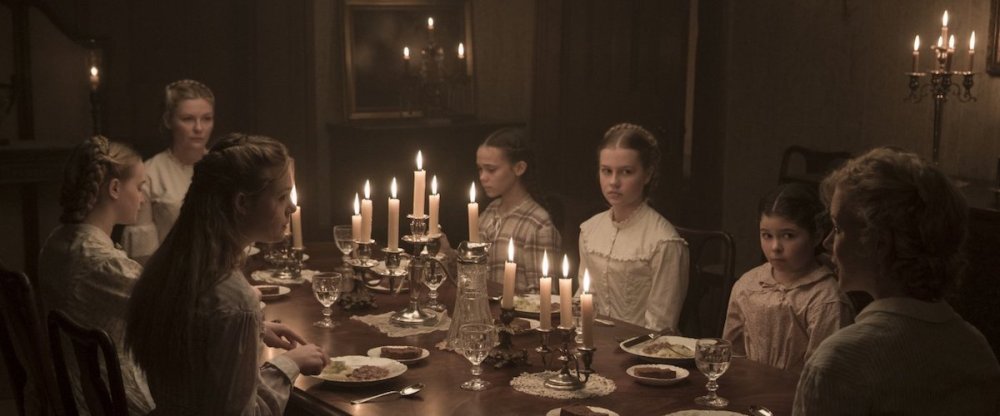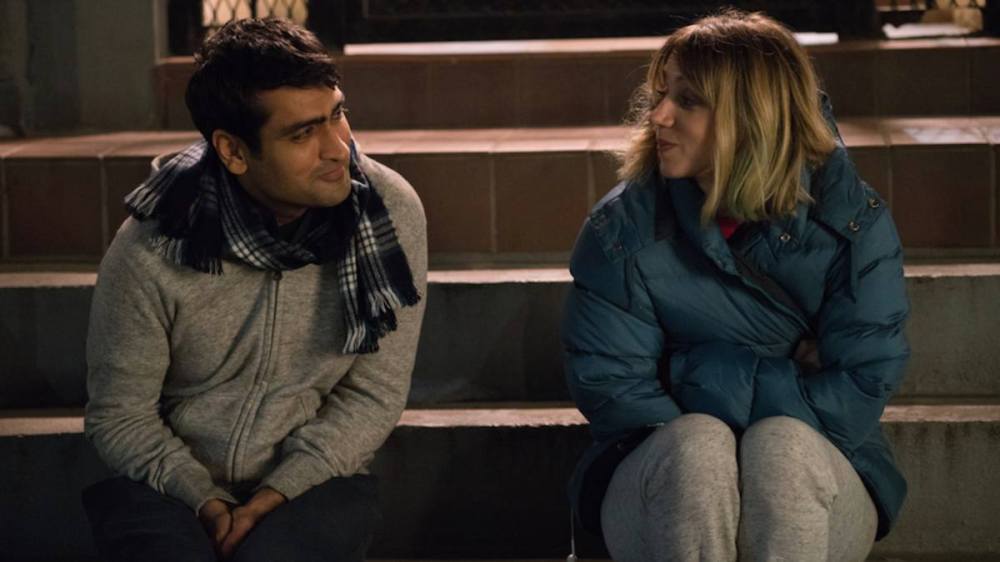The Only Living Boy in New York Review
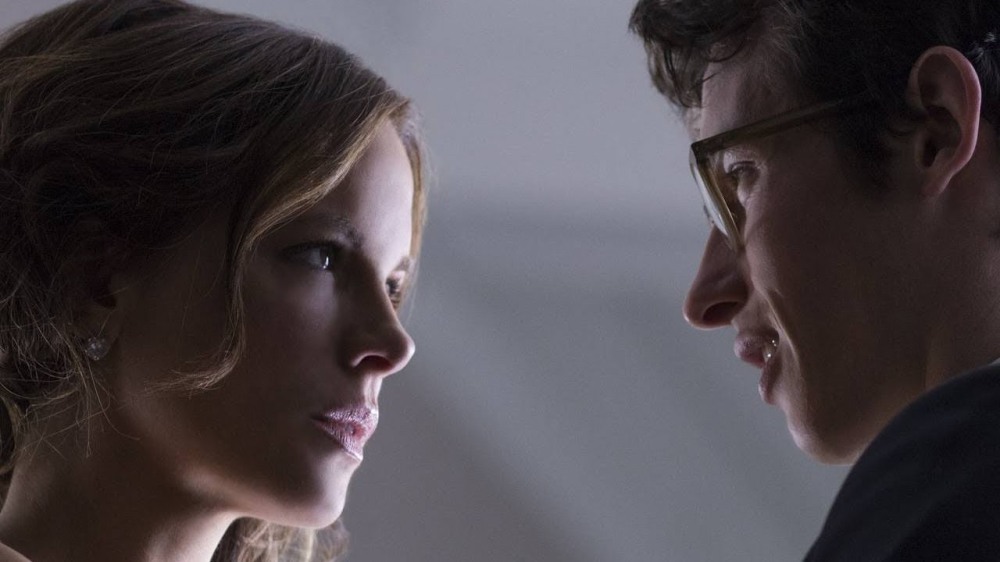
While he displayed flashes of inspired creativity with a slew of music videos and the clever, genre-bending (500) Days of Summer, it seems as though director Marc Webb’s inventive spark was only a fluke. After two less than spectacular Spider-Man flicks and this year’s paint-by-numbers child prodigy slog Gifted, Webb is no longer pretending to be anything other than a Hollywood hired gun. His latest, The Only Living Boy in New York, is another dud, and, unfortunately, one that falsely believes itself to be utterly profound.
In a watered down replication of lower tier Woody Allen, the film finds Callum Turner (War & Peace, Tramps) as Thomas Webb (presumably no relation to the director), a pouty and aimless twenty-something who spouts out clichéd observations as if they are honest-to-goodness philosophy. He is passively drifting through life, hopelessly infatuated with his best friend Mimi (Kiersey Clemons of Dope), who assures Thomas that their one night of passion won’t materialize into anything substantial.
A new tenant moves into Thomas’s apartment building in the form of W.F. Gerald (Jeff Bridges), a wise, yet unhinged, drinker who seems to have all of the answers to the self-pitying dilemmas Thomas faces. The pair begins the sort of mentor/mentee relationship that rarely exists in the non-cinematic realm after Thomas spots his father (Pierce Brosnan) out on the town with his mistress Johanna (Kate Beckinsale). When Thomas rushes to confront his father’s new lover, the two begin an affair of their own.
The Only Living Boy in New York is credited to screenwriter Allan Loeb (Collateral Beauty, The Space Between Us) and the script is oozing with all of his usual calling cards. The dialogue is never believable nor insightful, spewing out of the mouths of characters that not even our charismatic leads are able to make sympathetic. For the cherry on top, much like Loeb’s other recent efforts, there is a laughably unnecessary third-act reveal that retroactively detracts from the few aspects of the screenplay that actually hinted toward competency. The movie then craps out a cheerful ending that it is never willing to work for.
Worst of all, The Only Living Boy in New York is spilling over with self-righteous smugness. It is the story of New York elites living out their fantasies and then complaining about the city that they’ve allowed to define them. Supposedly intelligent characters project commentary about how New York City has lost its soul, with all the disdain and forethought of an overly confident college freshman. The movie is never anywhere near as perceptive as it believes itself to be. There will almost assuredly be groans sprinkled throughout the audience when our protagonist sermonizes that “New York’s most vibrant neighborhood at the moment is Philadelphia.”
When the movie flirts with a concept that it doesn’t know how to visually demonstrate, Jeff Bridges is asked to pull double duty as the film’s narrator. With his sage wisdom and seemingly omniscient knowledge of every character, you begin to wonder if W.F. Gerard is God or simply a figment of Thomas’s imagination. Unfortunately, the movie isn’t willing to take any risks of that nature. Instead, the opening voiceover has Bridges tell us that young adults equate love to a movie scene with a couple kissing in the rain, a statement that proves to be more and more hypocritical with each sequence that follows it.
The Only Living Boy in New York is charming enough in brief spurts and cinematographer Stuart Dryburgh is serviceable (to borrow a term from the movie), but there’s no there there. Buried deep beneath the surface, you can sometimes see the far superior story that could have been. It is a dumb movie being marketed toward smart people, which never works out for anyone. The Only Living Boy in New York isn’t Manhattan; it’s not even Garden State. It’s a movie about insufferable people who don’t even have the courtesy to be interesting.
Drink Every Time: a male character explains how women operate.
Grade: C-
 Few performers have had quite the harsh post-Oscar win drop-off that has become as synonymous with Halle Berry as any of her performances. Since taking home the gold, Berry hasn’t exactly taken on roles that showcase her talents. Unfortunately, her latest film,
Few performers have had quite the harsh post-Oscar win drop-off that has become as synonymous with Halle Berry as any of her performances. Since taking home the gold, Berry hasn’t exactly taken on roles that showcase her talents. Unfortunately, her latest film, 



